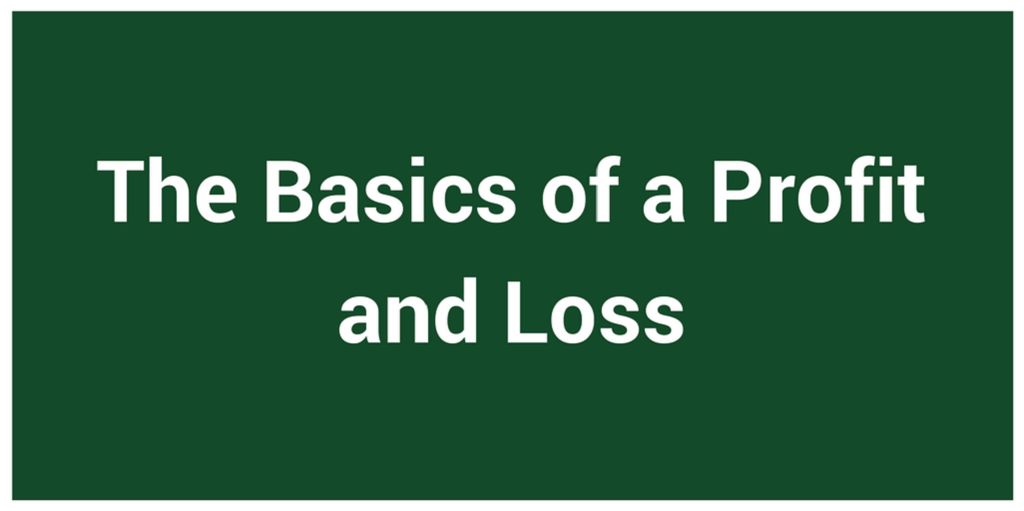What Is Profit and Loss?
Also called the P&L, a profit and loss statement can help you and your bank get a good understanding of the operating health of your business. It feels like we cover this often, but it is still the most asked question in meetings, and the item I diagram the most.
How to Calculate Profit and Loss:
Gross Sales
– Cost of Goods
= Gross Profit
– Overhead Expenses
= Net Profit
We have net profit, where is that money? Why isn’t it in the bank?
This is always Part 2 of the question. What you don’t see on the Profit and Loss are often categorized as “balance sheet” items. Those include:
- Research and Development Expenses
- Equipment purchases
- Large asset purchases
- Interest payments
This means that the remodel you did: that was from profit.
The debt you paid off: that was from profit.
Those patent attorney fees? Straight out of net profit
Need help getting your P&L and Balance Sheet in order?
Business management consultants specializing in accounting will provide unbiased bookkeeping statements for your company according to your industry, and even train your in-house staff on how to maintain these company records.
–by Barb Fisher, Owner and Business Management Consultant, Fisher Business Management

